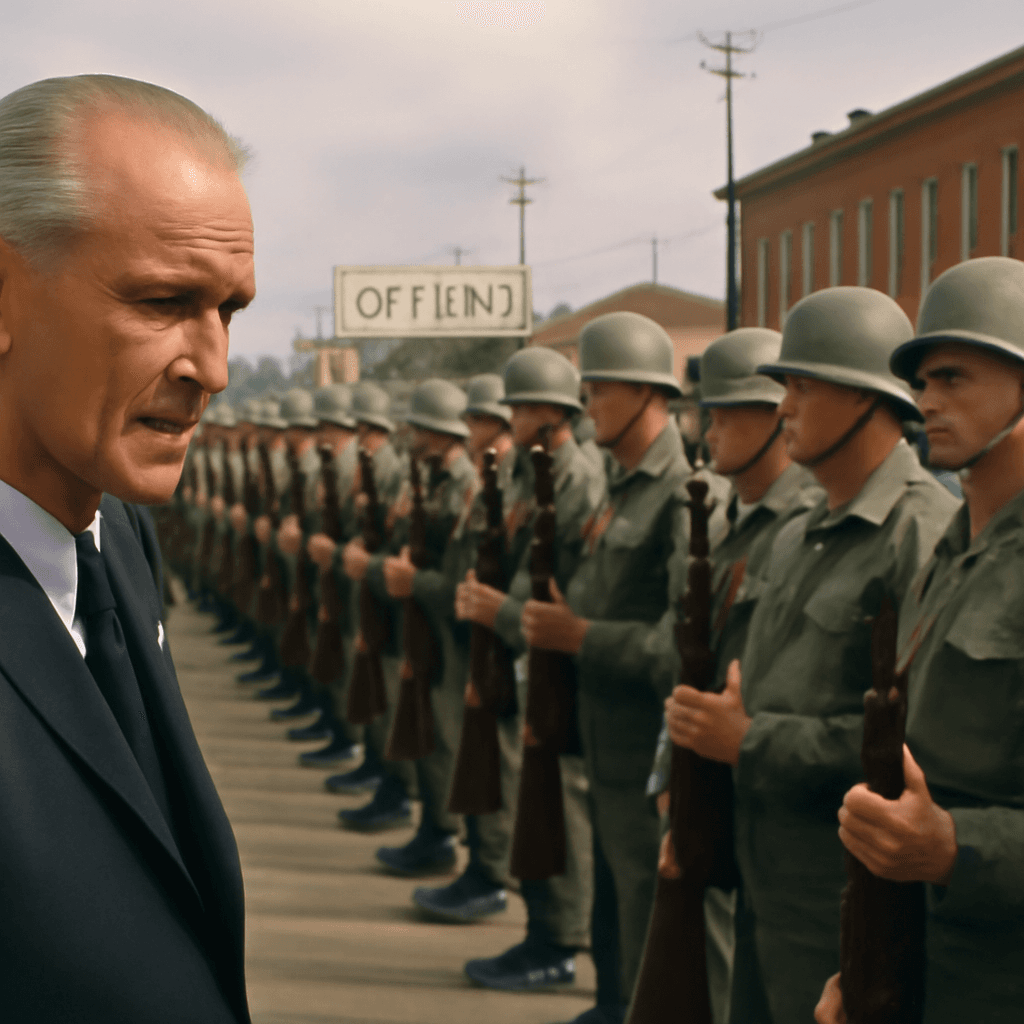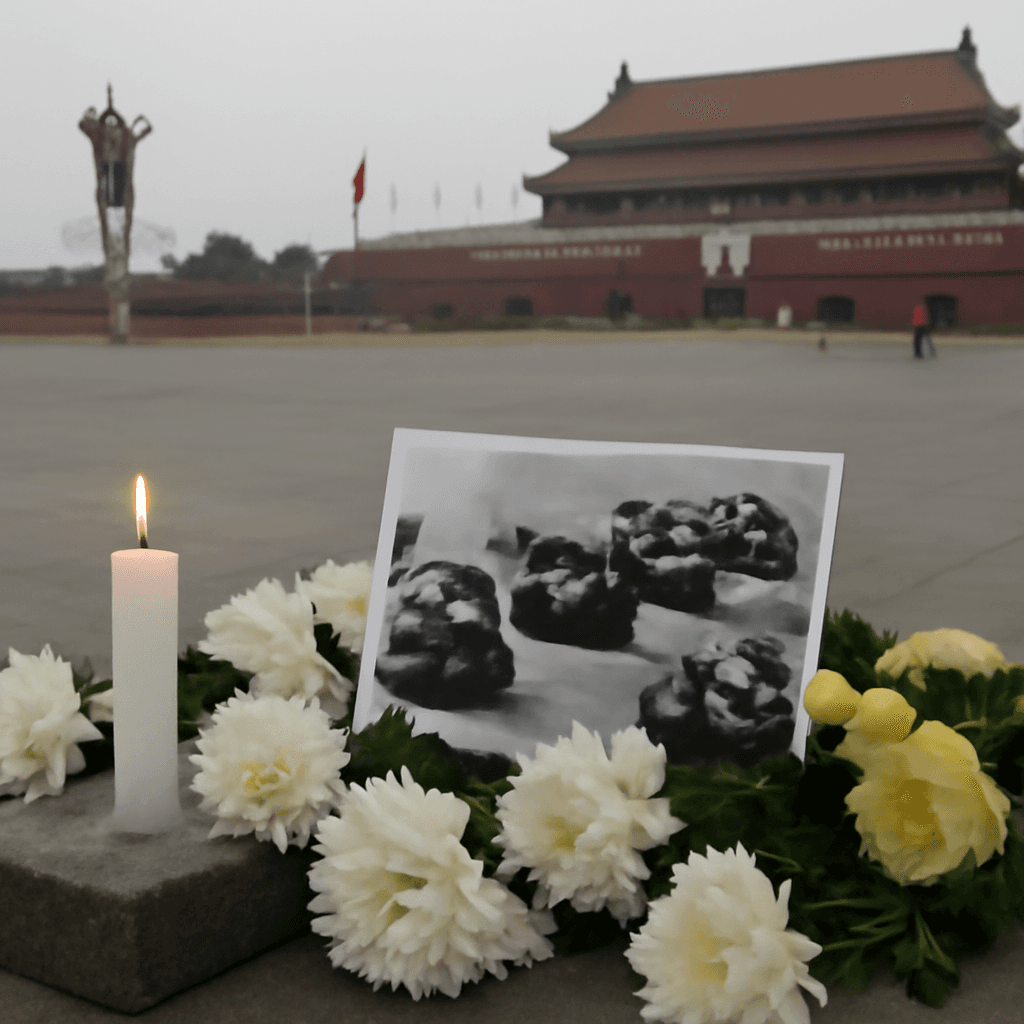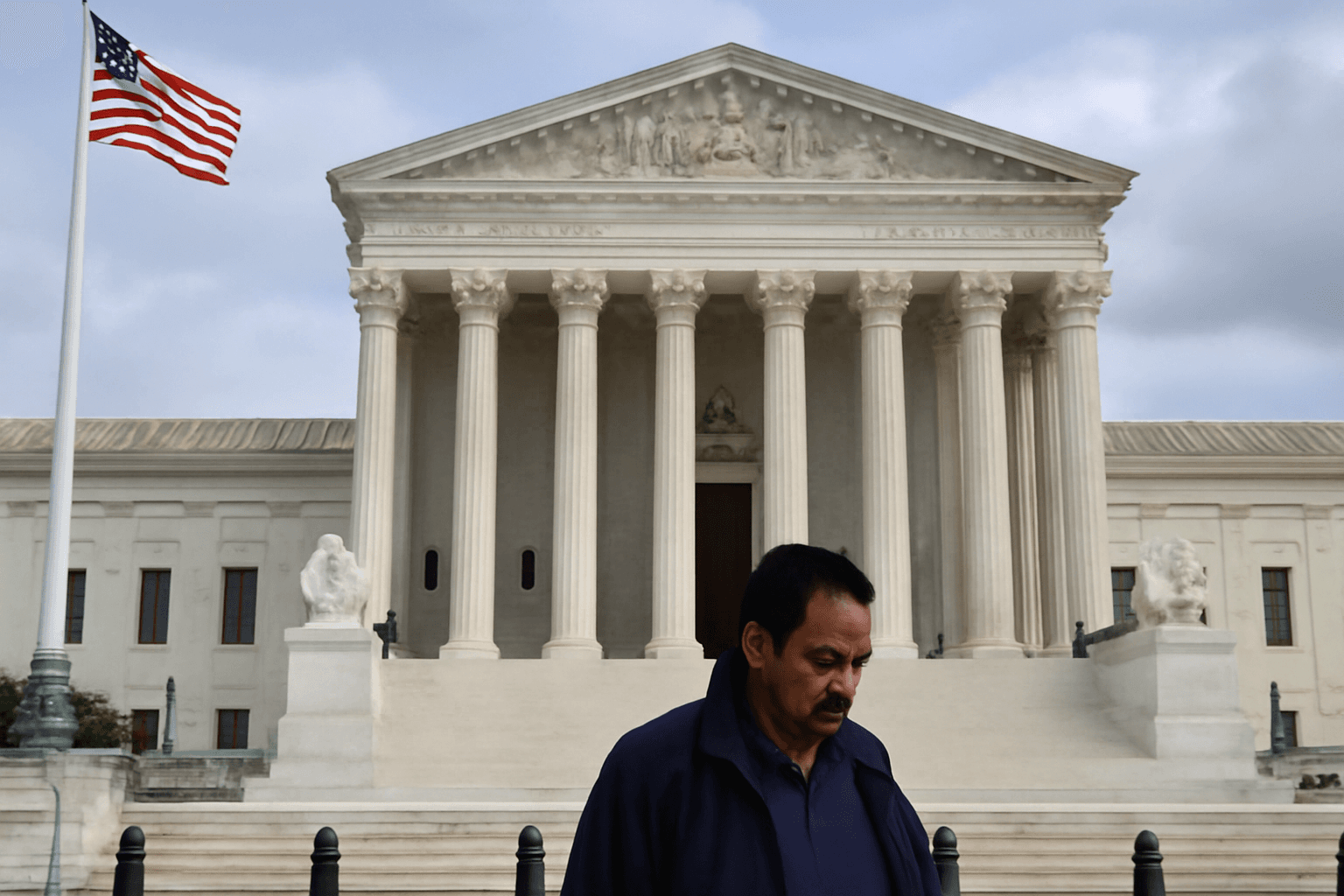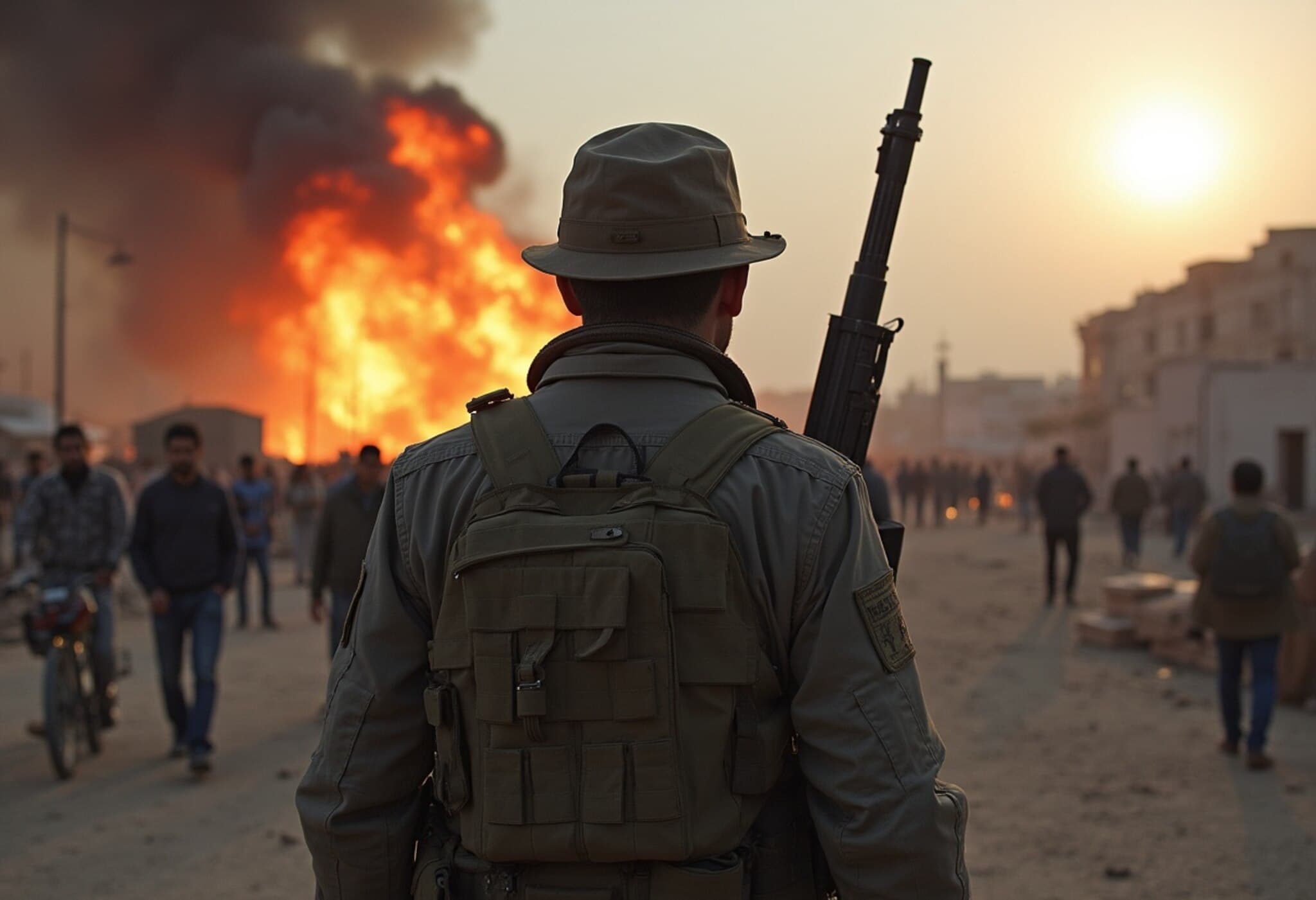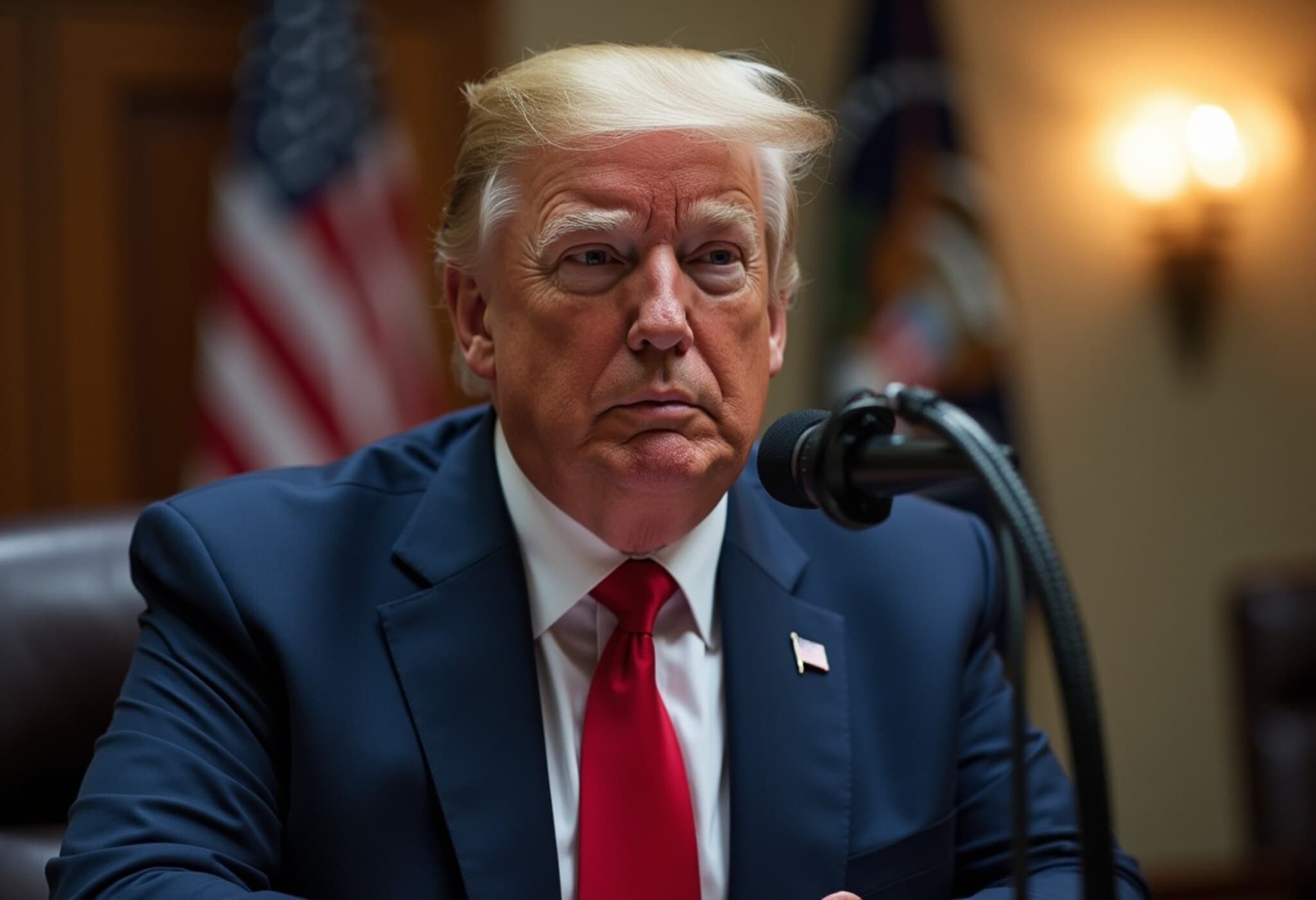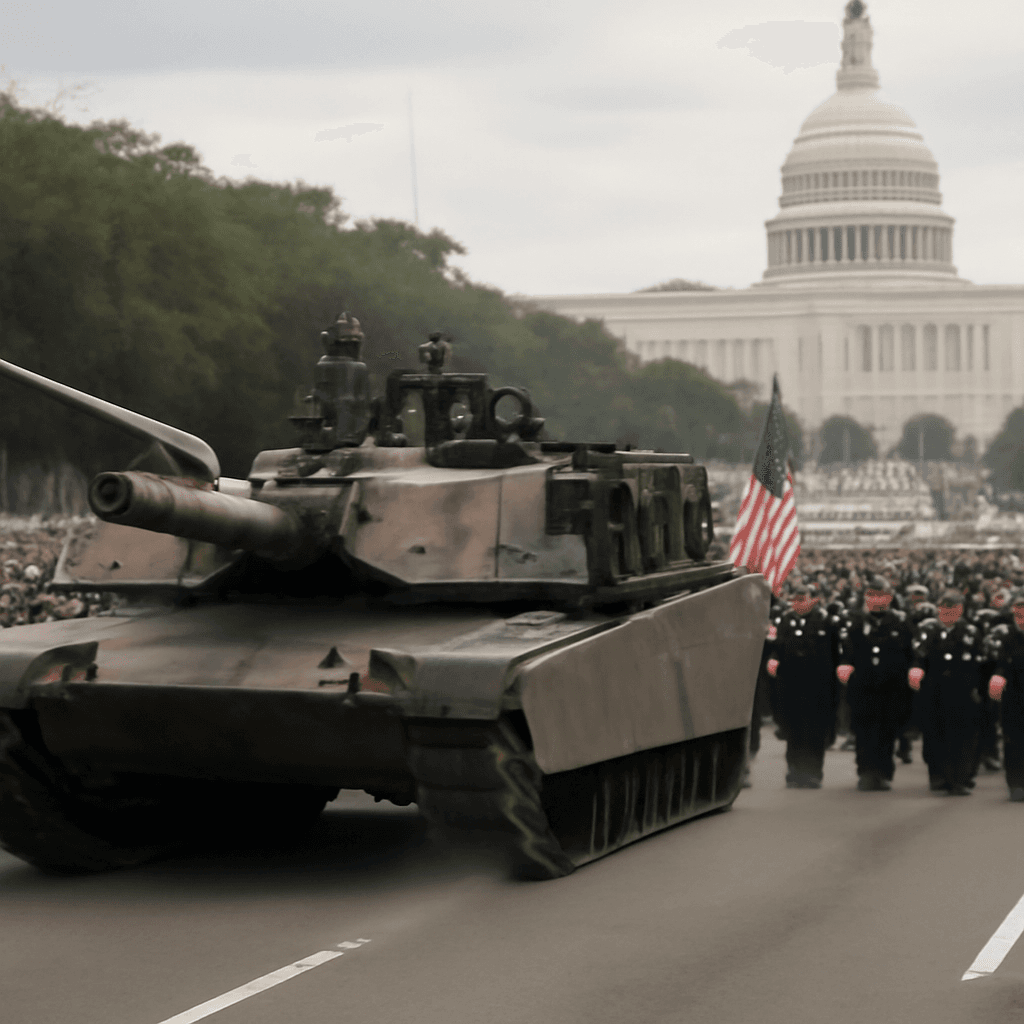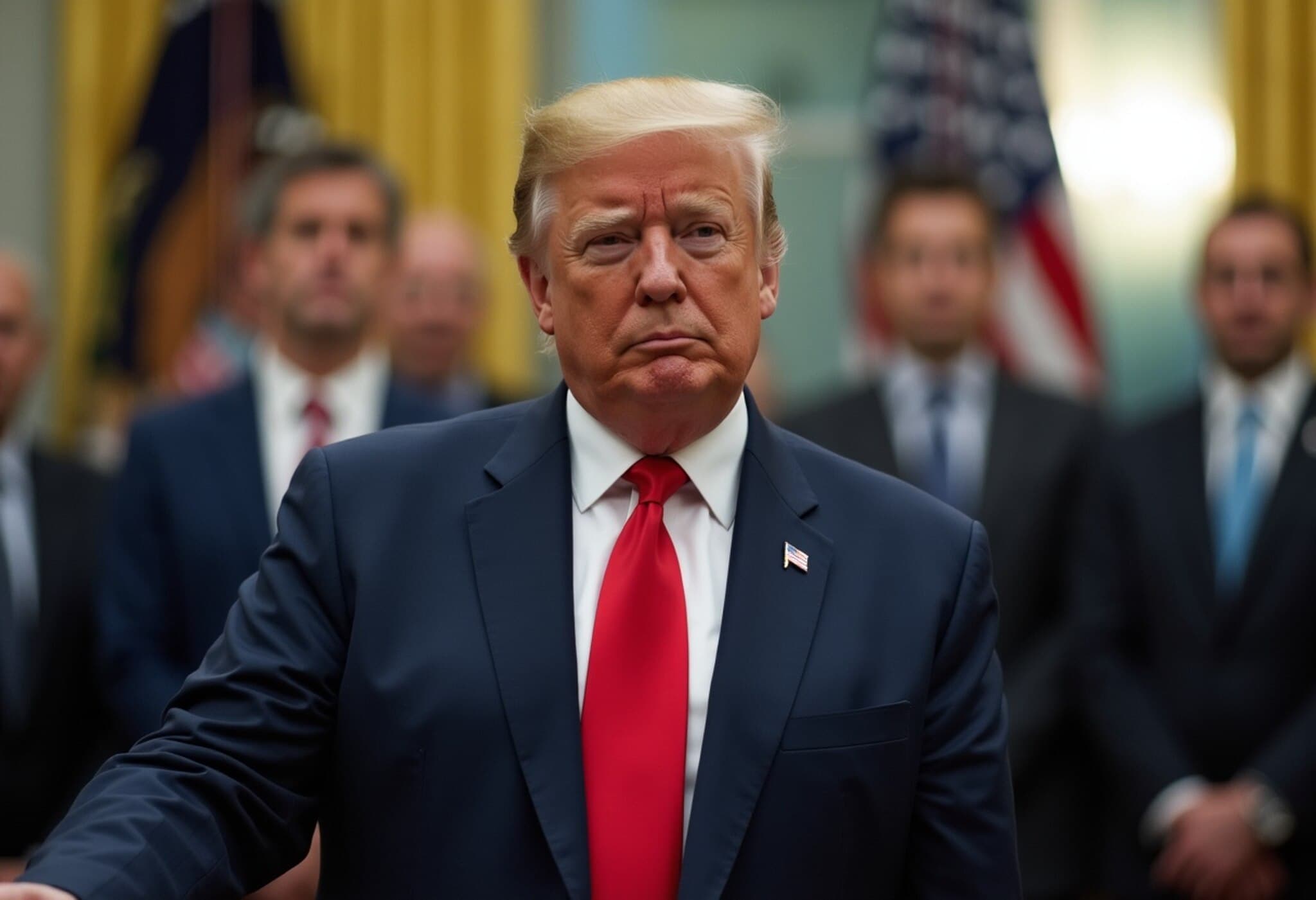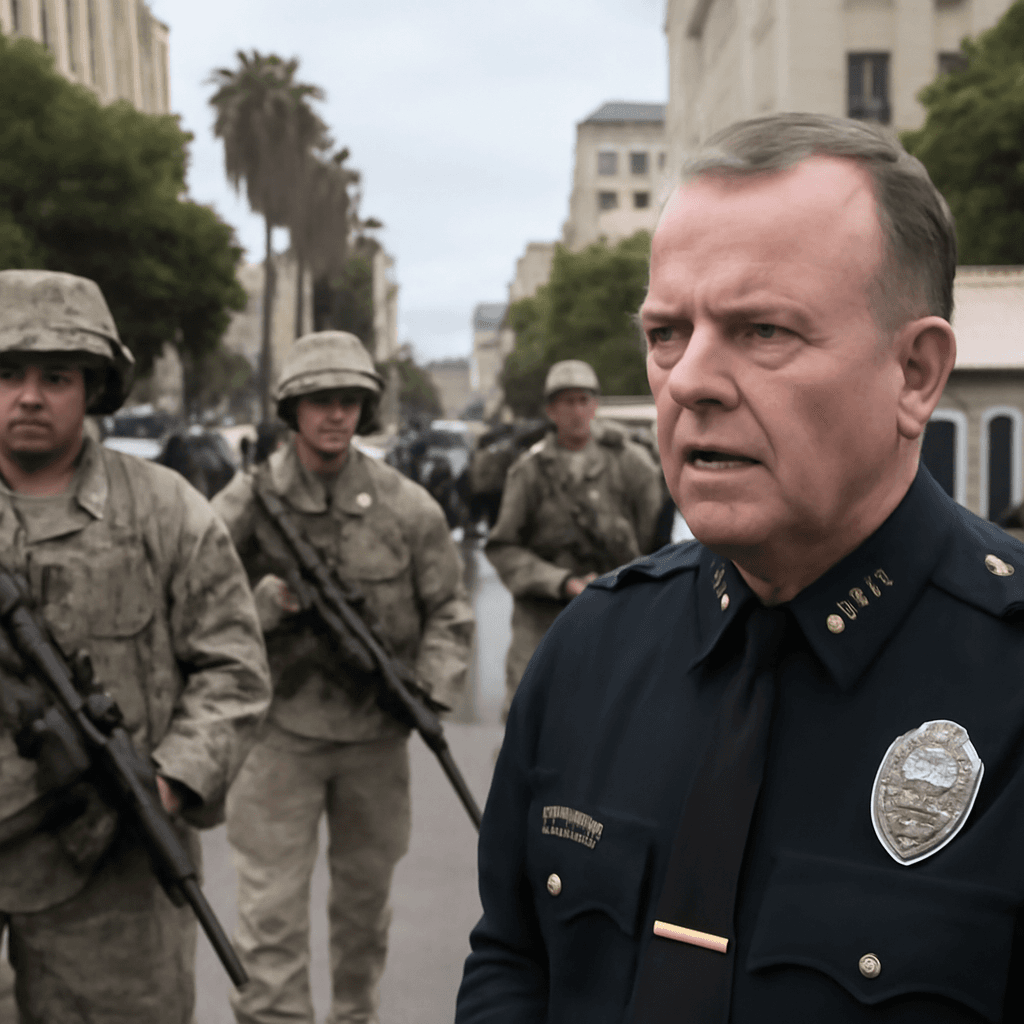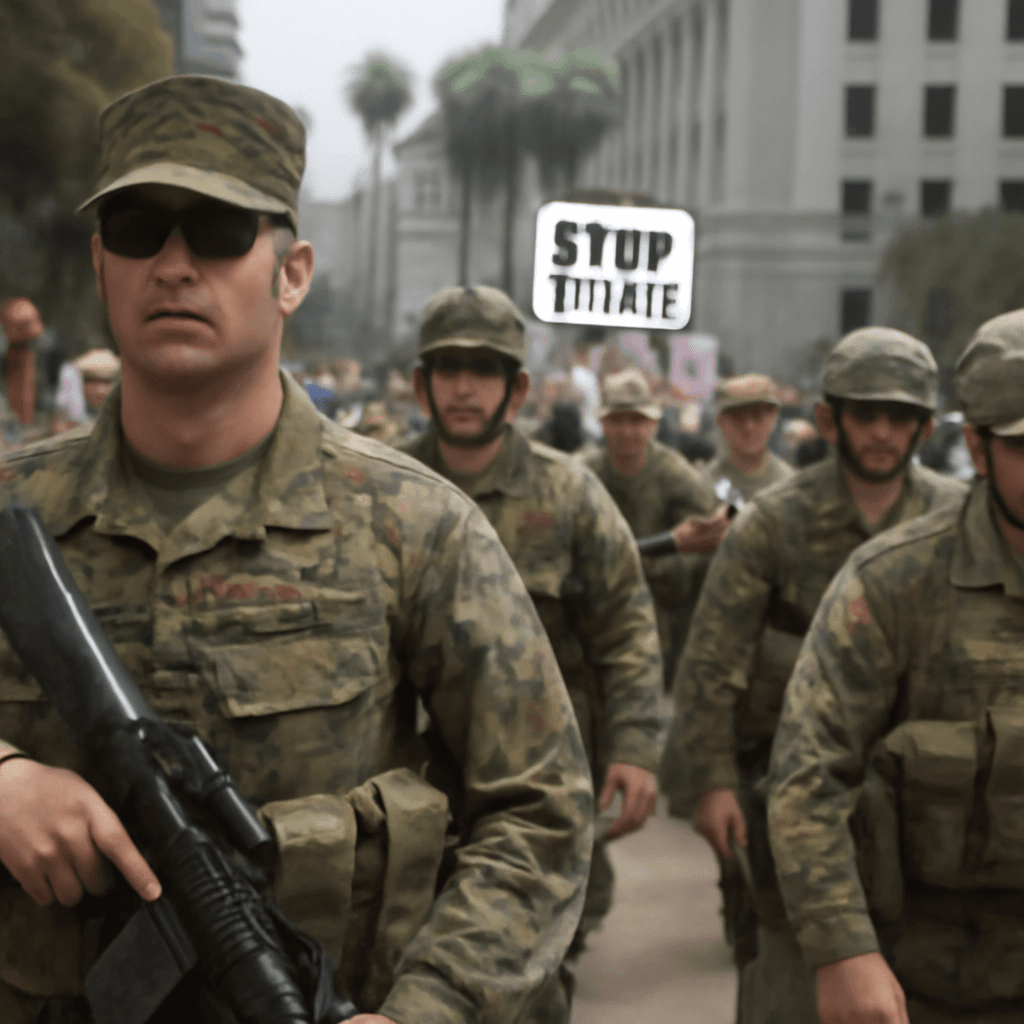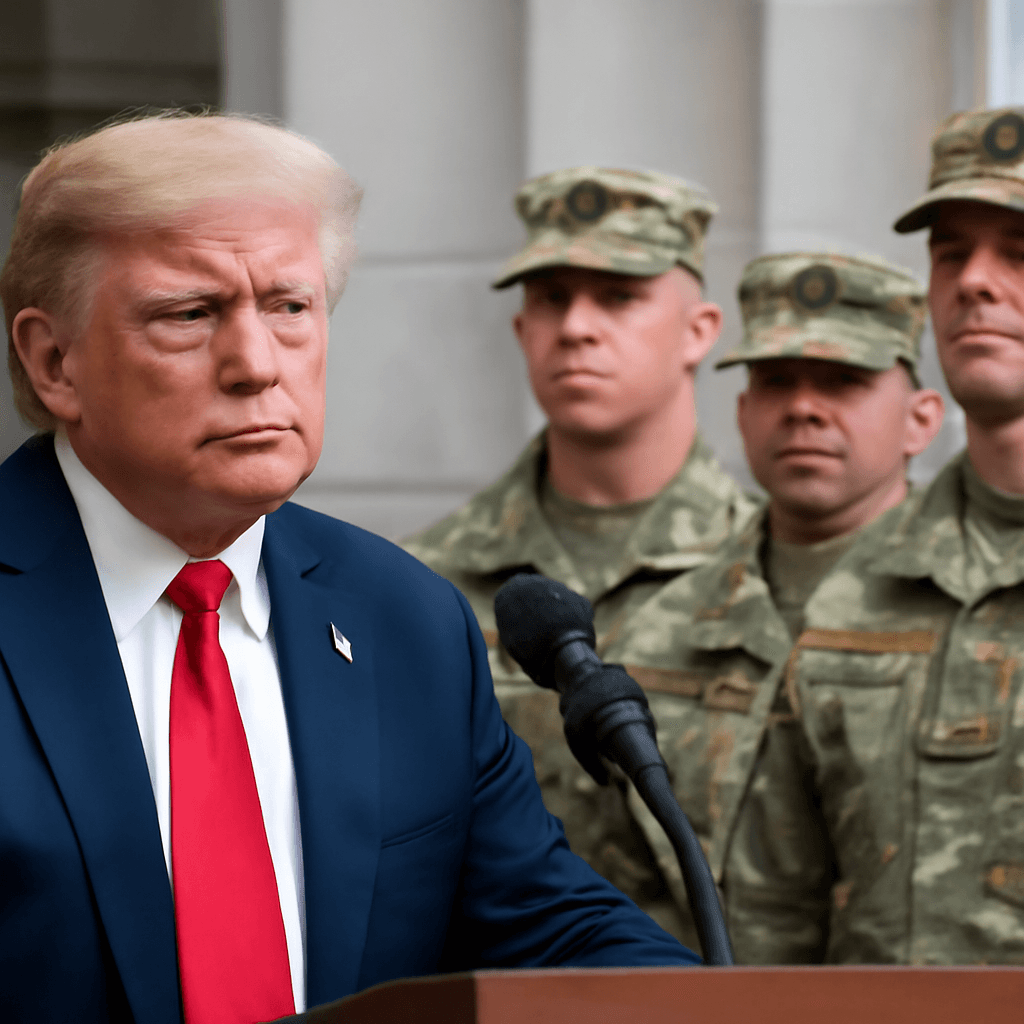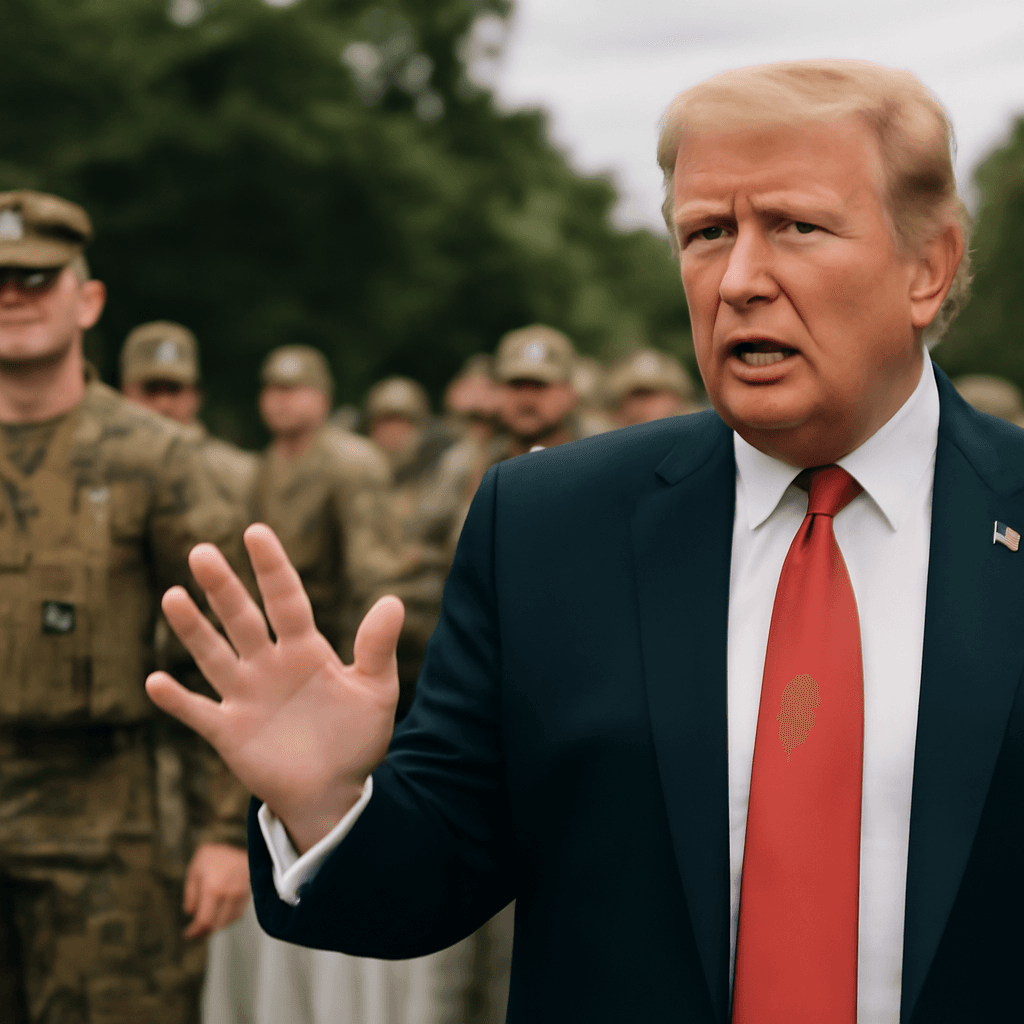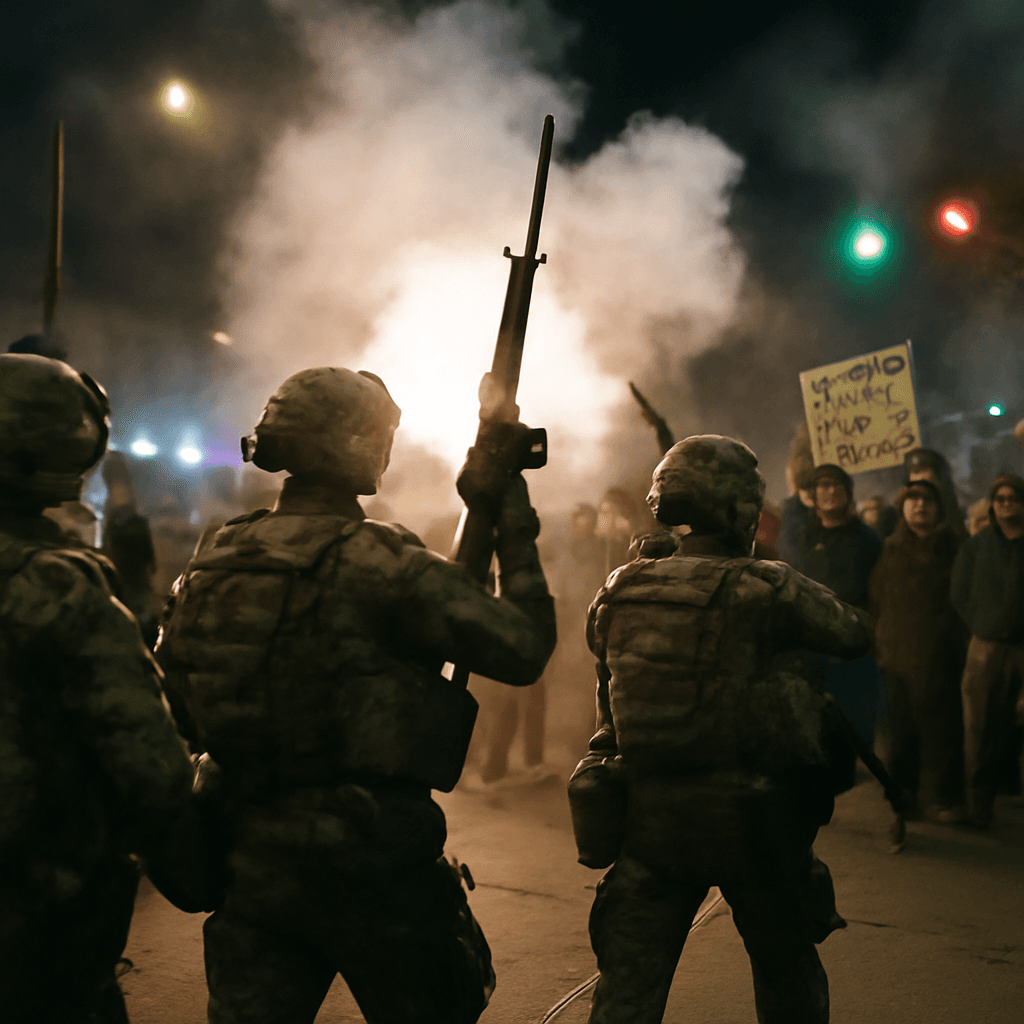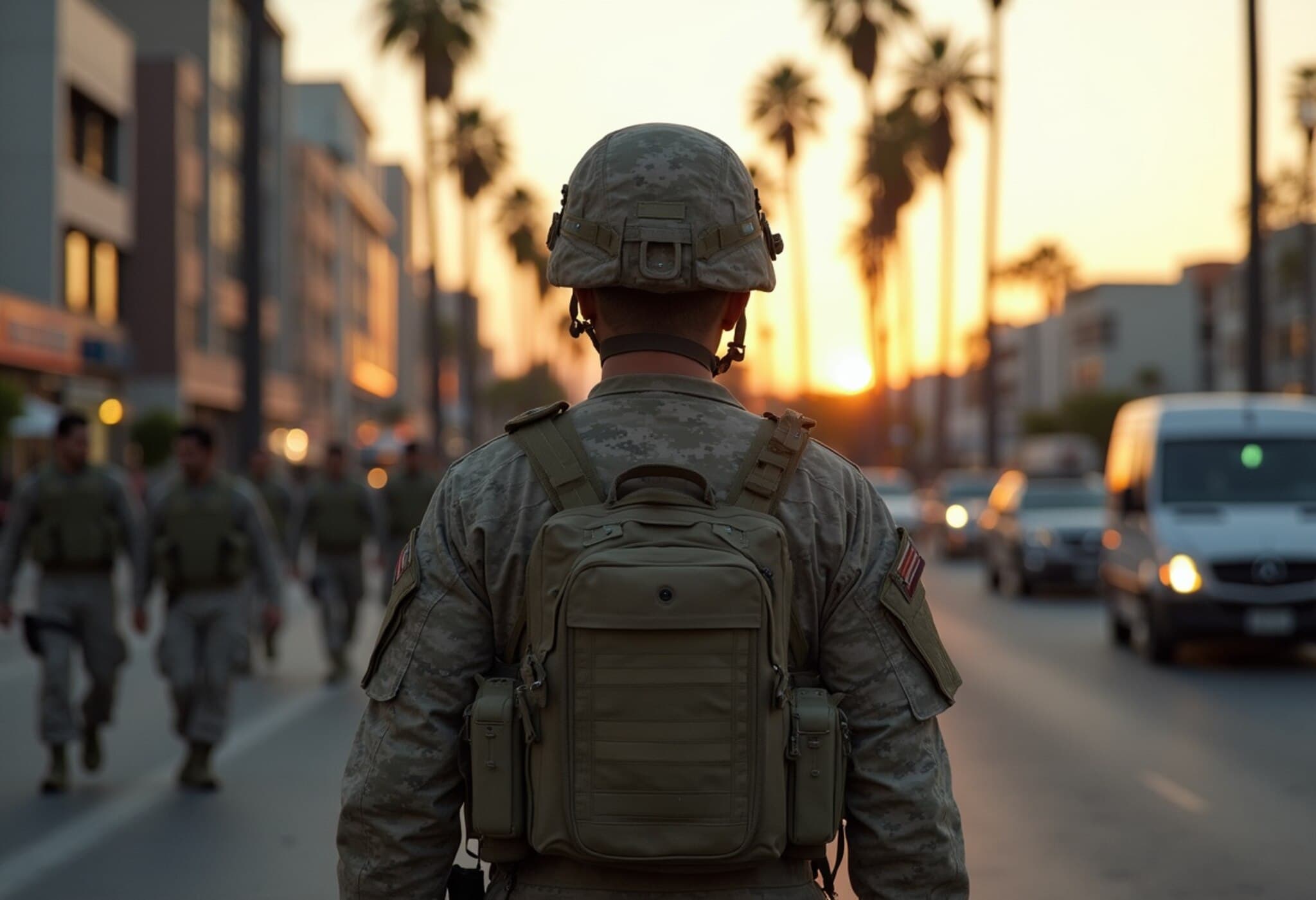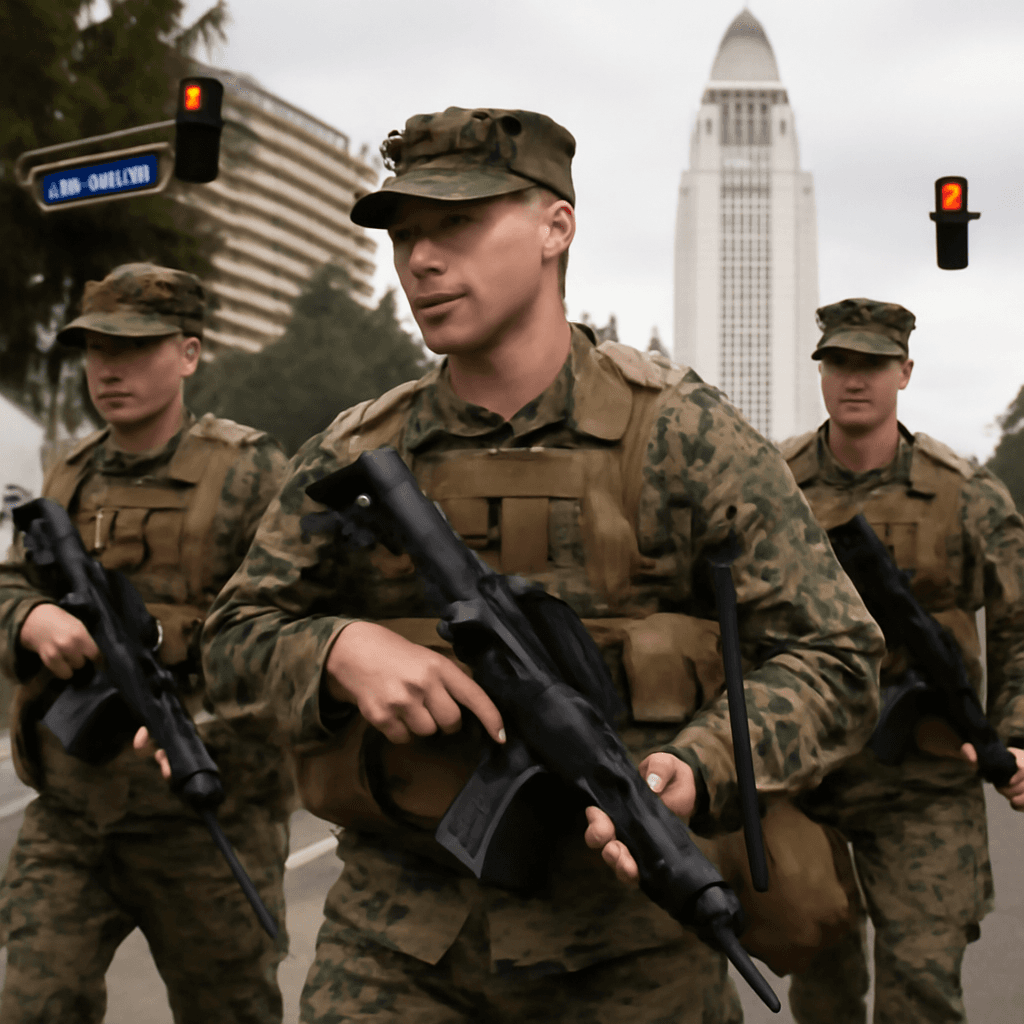The Historic 1965 National Guard Deployment
In March 1965, a pivotal moment unfolded in American history when President Lyndon B. Johnson authorized the deployment of the National Guard ahead of the civil rights march from Selma to Montgomery, Alabama. This move came amidst a tense atmosphere defined by systemic racial discrimination and escalating confrontations between protestors and law enforcement.
Context: The Selma to Montgomery Marches
The marches were organized to confront the deep-seated voter suppression faced by Black Americans in Alabama. Despite Black residents making up over half of Selma's population, an astonishingly low 2% were registered to vote, hindered by discriminatory practices such as literacy tests and intimidation tactics.
The immediate catalyst for the protests was the tragic killing of Jimmie Lee Jackson, a young Black man shot by a state trooper during a peaceful demonstration. Civil rights leaders, including Martin Luther King Jr., sought to lead a march spanning the 54 miles from Selma to Montgomery, demanding federal safeguards for voting rights and national awareness of racial injustices.
Johnson’s Unprecedented Move
President Johnson’s decision to deploy the National Guard was remarkable in that it bypassed state authorities entirely. The state's governor at the time, George Wallace, was a staunch segregationist and political adversary who refused to protect the demonstrators. Johnson stepped in to ensure the safety of protestors and maintain order during this critical juncture.
This marked the last occasion where a U.S. president deployed the National Guard without the consent of the state governor — a notable exception to the usual protocol where governors command their state's Guard.
Relevance to Current Events
Fast forward to recent times, a similar controversial deployment unfolded when 2,000 National Guard troops were sent to Los Angeles amid immigration protests resulting from federal raids. This federal intervention occurred without a formal request from California's Governor, Gavin Newsom, who condemned it as a violation of the state's sovereignty.
The protests, initially sparked by immigration enforcement actions, rapidly escalated into widespread unrest, including freeway blockages and violence. Authorities responded with tear gas and rubber bullets, while protests spread to neighboring towns.
President Trump labeled the protesters as “troublemakers and insurrectionists,” emphasizing the severity of the unrest. Meanwhile, the White House criticized California officials for neglecting public safety responsibilities.
Understanding National Guard Protocols
Typically, the National Guard operates under state command, requiring a governor's request to be federalized. However, exceptions like President Johnson’s 1965 intervention showcase the rare and significant use of executive power when prompt federal action is deemed necessary to protect citizens.
Johnson justified his decision by stressing the fundamental right of Americans “to walk peaceably and safely” during the Selma march, underscoring the federal government’s role when states fail to uphold civil rights and order.
Lessons from History
The 1965 deployment remains a powerful example of federal authority stepping in to safeguard civil liberties against entrenched state resistance. It highlights the delicate balance between state sovereignty and national responsibility—a tension that continues to resonate in contemporary governmental decisions.
By revisiting this critical chapter, we gain insight into how leadership, civil rights, and law enforcement intersect, reminding us of the continued importance of protecting democratic values amid social conflicts.

